To get to Hässleholm I took a train from Malmö central station and then took a bus from Fisktorget in Hässleholm to the Södra Kringelvägen bus stop (where I had begun Skåneleden Walk #3 between Hässleholm and Bjärnum). The walk was in total 33.3km (out of which 2.3km were required to reach the train station in Tjörnarp as I've mentioned above). The total duration for the walk was 9h5mins. Thus my average speed was approximately 3.67km/h which is not too bad considering I didn't try to rush it and that I take many photos along the way.
The trail goes to a large extent on gravel or asphalt roads rather than on footpaths. There are many idyllic villages on the path and the areas didn't feel desolated unlike in Skåneleden Walk #3 between Hässleholm and Bjärnum and Skåneleden Walk #6 between Bjärnum and Åsljunga. While there's not a lot of large scale farm land on the path there's certainly plenty of small scale farm land and meadows. The trail goes through a variety of forests but the beech forests are the highlights as usual. There is only one lake near the trail but there are also several ponds. The walk reminded me of parts of Hallandsleden and also reminded me to some extent of Skåneleden Walk #4 between Löberöd and Veberöd. Overall it was an interesting walk going through some interesting regions. I really enjoyed the character of the walk.
Before I present the photos there are a few things to note. Firstly, I once again ended with photos that have too much ISO noise (due to high ISO, as I've discussed in the blog post for Skåneleden Walk #6 between Bjärnum and Åsljunga) but I think I used a high ISO setting in fewer cases so there were thankfully only relatively few photos that were affected. Secondly, the weather was good, it was pretty sunny but it became cloudier in the afternoon. Finally, the only larger animal I saw was a deer cub.
Enjoy the photos!
1.
Magle wetlands
Magle wetlands functions as part of the cleaning of the waste water in Hässleholm. Nitrogen and phosphorous is absorbed by the algae and water plants in the ponds. To prevent the phosphorous from being released and return to the water during the disintegration, the plants are harvested and removed each year. This procedure decreases the over-fertilization of Finjasjön, Almaån and Östersjön. The ponds have over time developed to become bird eldorados. During early summers the vegetation around the ponds create a luridly experience.
Used the levels tool to slightly darken the sky and brighten the non-sky parts. Also decreased the contrast slightly for the non-sky parts using the brightness-contrast tool.
Magle wetlands functions as part of the cleaning of the waste water in Hässleholm. Nitrogen and phosphorous is absorbed by the algae and water plants in the ponds. To prevent the phosphorous from being released and return to the water during the disintegration, the plants are harvested and removed each year. This procedure decreases the over-fertilization of Finjasjön, Almaån and Östersjön. The ponds have over time developed to become bird eldorados. During early summers the vegetation around the ponds create a luridly experience.
Used the levels tool to slightly darken the sky and brighten the non-sky parts. Also decreased the contrast slightly for the non-sky parts using the brightness-contrast tool.
2.
Magle wetlands. Rotated the photo slightly and cropped it. Also darkened the sky slightly using the levels tool.
3.
Magle wetlands.
4.
5.
6.
7.
8.
Despeckled the photo and sharpened it slightly using unsharp mask.
9.
10.
View of the landscape from gazebo. Used the levels tool to increase the brightness and contrast for the photo. Also sharpened the photo slightly using unsharp mask.
11.
Sharpened the photo slightly using unsharp mask.
12.
Göingeåsen nature reserve
"The River Tormestorpån winds its way past old oak woodlands, through low-lying wetlands and alder carrs. East of the river there is a steep cliff wall which rises up as well as story slopes, clad in old growth broadleaved woodland.
The woodland has been left to grow on the stony slopes. Large, old trees with decaying wood are a rare site in the modern, heavily exploited forestry landscape, but are essential to thousands of species of insects, wood-decaying fungi, lichens, hole-nesting birds and bats.
The wood-decaying tinder bracket fungus is a key species in our beech woodlands because it creates decaying wood in living trees. The decayed wood can then become a home for rare insects such as the beetle Melandrya caraboides. The aim is that the rest of the nature reserve will in the long term gain the same high nature conservation values as the woodlands on the steep slopes; broadleaved woodland with glades, trees of different ages and lots of dead wood. The spruce plantations will slowly be replaced by deciduous woodland, after which time and the tinder bracket fungus will do the majority of the nature conservation work."
"The River Tormestorpån winds its way past old oak woodlands, through low-lying wetlands and alder carrs. East of the river there is a steep cliff wall which rises up as well as story slopes, clad in old growth broadleaved woodland.
The woodland has been left to grow on the stony slopes. Large, old trees with decaying wood are a rare site in the modern, heavily exploited forestry landscape, but are essential to thousands of species of insects, wood-decaying fungi, lichens, hole-nesting birds and bats.
The wood-decaying tinder bracket fungus is a key species in our beech woodlands because it creates decaying wood in living trees. The decayed wood can then become a home for rare insects such as the beetle Melandrya caraboides. The aim is that the rest of the nature reserve will in the long term gain the same high nature conservation values as the woodlands on the steep slopes; broadleaved woodland with glades, trees of different ages and lots of dead wood. The spruce plantations will slowly be replaced by deciduous woodland, after which time and the tinder bracket fungus will do the majority of the nature conservation work."
13.
Göingeåsen nature reserve
14.
Göingeåsen nature reserve
15.
16.
17.
Nösdala is an idyllic and beautiful village. Used the levels tool to darken the sky slightly and to brighten the non-sky parts slightly.
18.
Nösdala. Used the levels tool to slightly brighten the non-sky parts.
19.
Nösdala
20.
21.
Rotated the photo slightly and cropped it.
22.
23.
Landscape near Lunnahöja. This used to be grazing land but it's now becoming overgrown.
24.
Lunnahöja. Rotated the photo slightly and cropped it.
25.
Landscape in Björkeberga.
26.
Darkened the photo slightly using the levels tool. Also sharpened the photo slightly using unsharp mask.
27.
Beech forest northeast of Lillsjödal.
28.
Beech forest northeast of Lillsjödal.
29.
Lake in Furutorp. Rotated the photo slightly and cropped it.
30.
31.
A vole
32.
This old oak is called Felix ek and it's dying. It's decrepit, supported and has large "bandages" but it still rises proudly next to the country road. Darkened the sky slightly using the levels tool and the curves tool.
33.
Rotated the photo slightly and cropped it. Also brightened the sky slightly using the levels tool. Furthermore I brightened the non-sky parts slightly using the levels and curves tools. Finally I used the brightness-contrast tool to slightly decrease the contrast for the non-sky parts.
34.
Fish pond. Rotated the photo slightly and cropped it. Used the levels tool to darken the sky slightly and brighten the non-sky parts slightly. Finally, I decreased the contrast slightly for the non-sky parts using the brightness-contrast tool.
35.
Sharpened the photo slightly using unsharp mask.
36.
Darkened the sky slightly using the levels tool.
37.
Slättaröd. Used the hue restorer plug-in to remove the cyan-ish sky color. I also darkened the sky slightly using the levels tool. Finally I rotated the photo slightly and cropped it.
38.
Decreased the contrast slightly using the brightness-contrast tool.
39.
Tjörnarp's church. Brightened the non-sky parts slightly using the levels tool. Also used unsharp mask to sharpen the photo slightly.
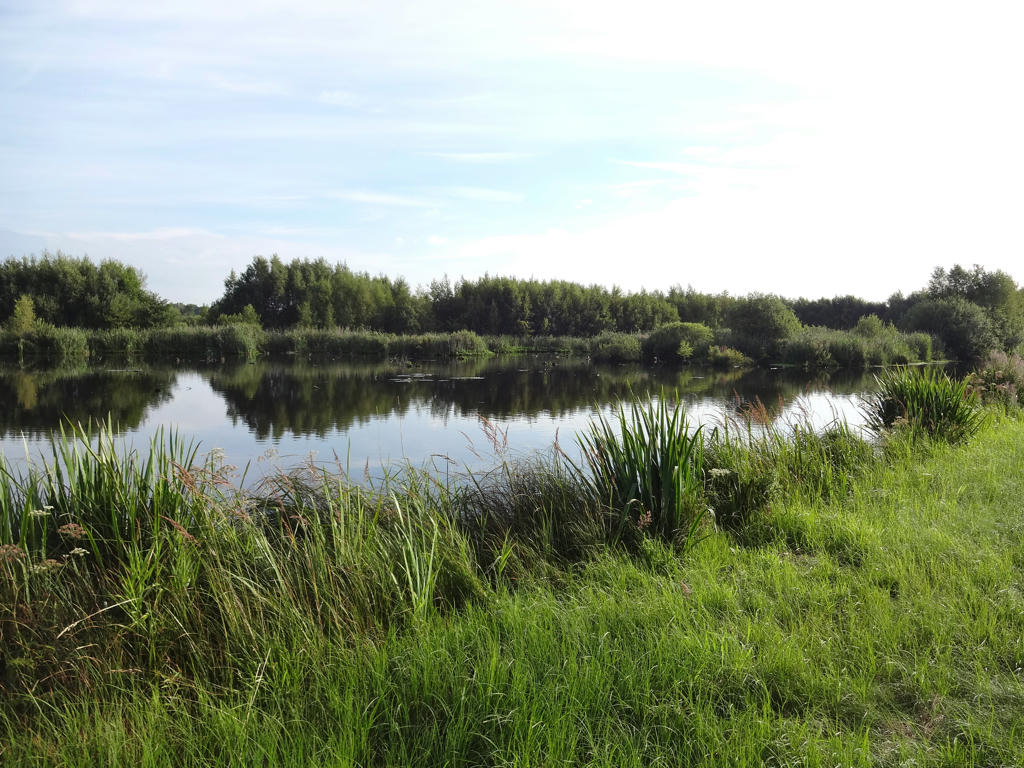
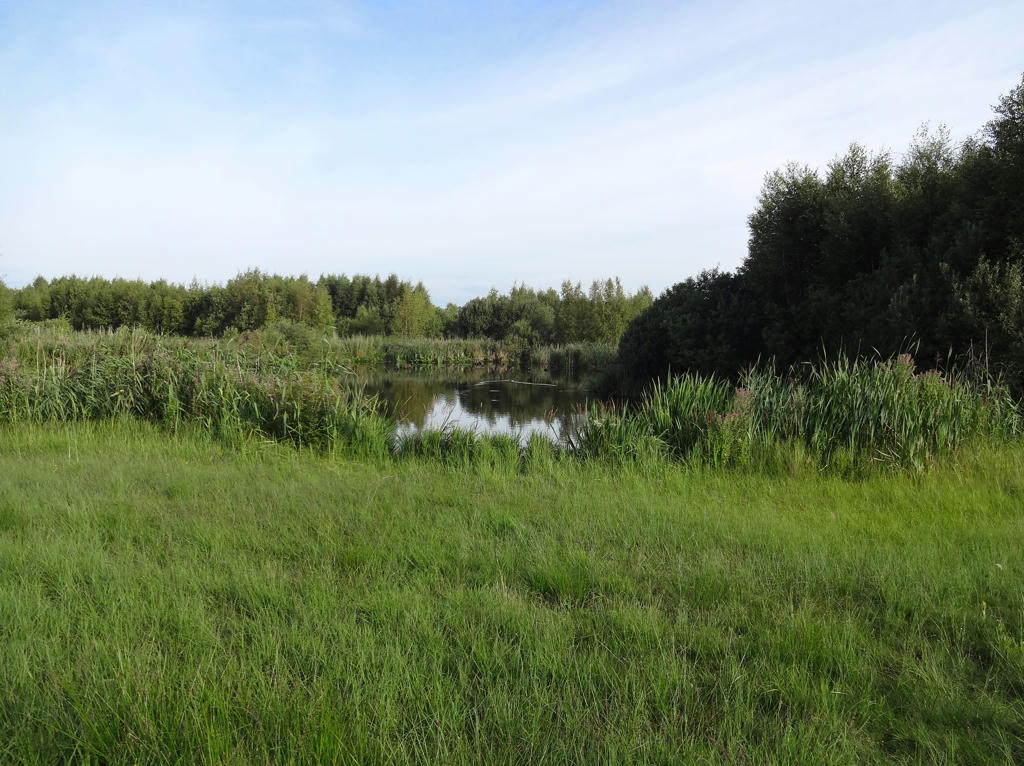
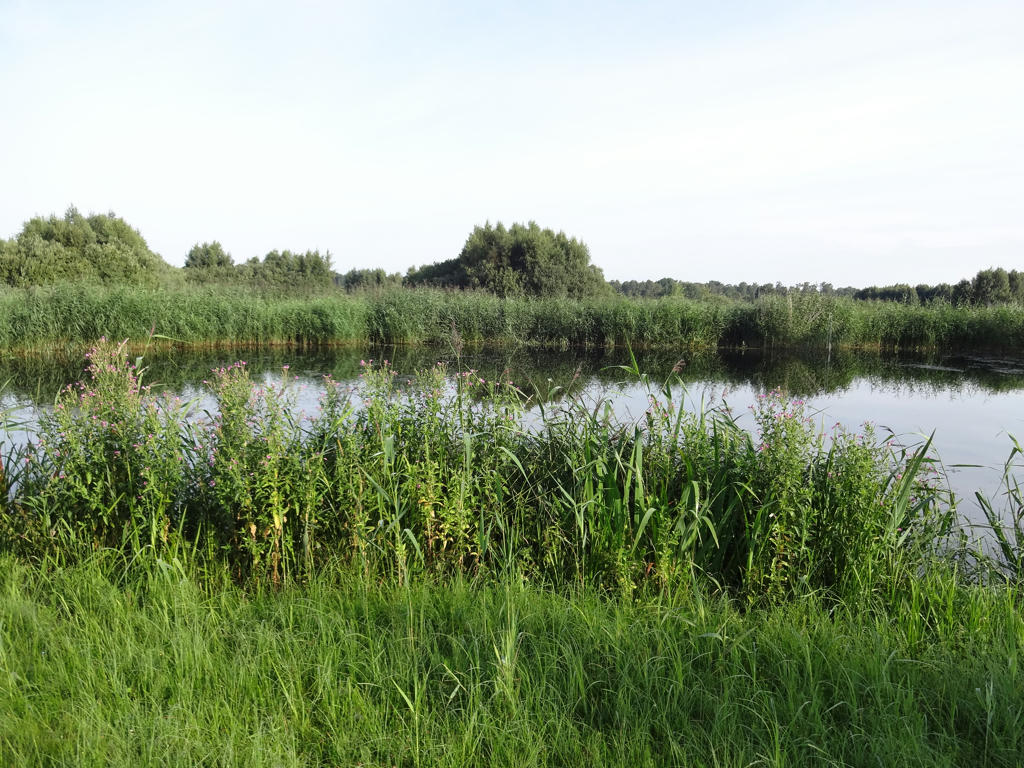
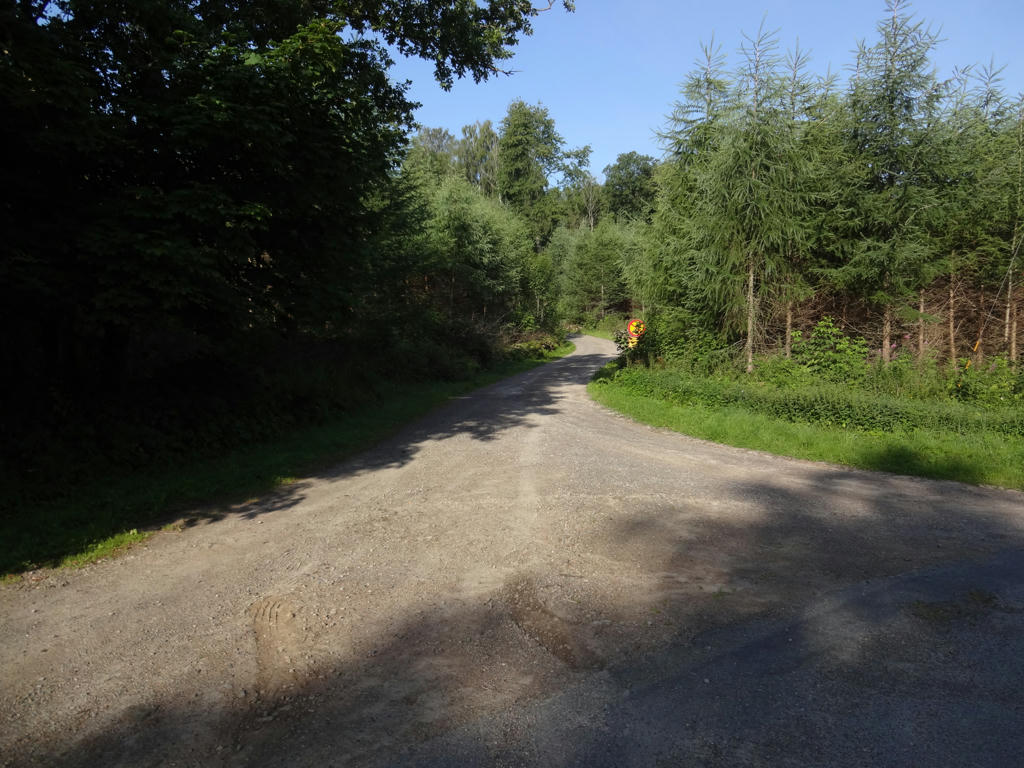
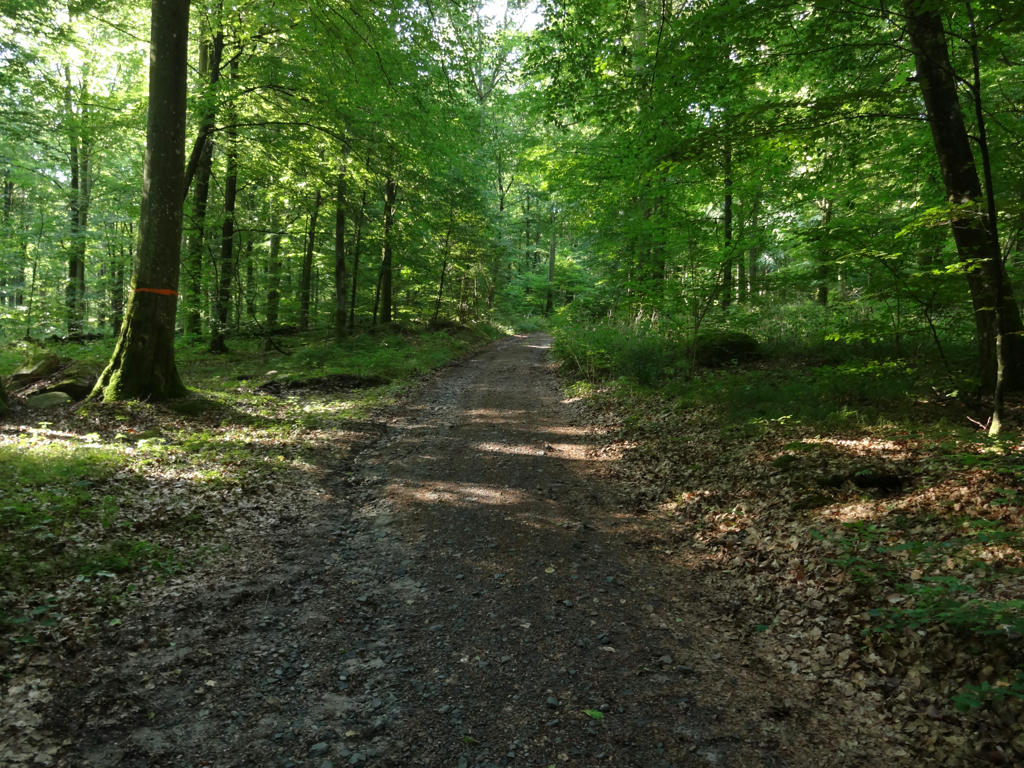
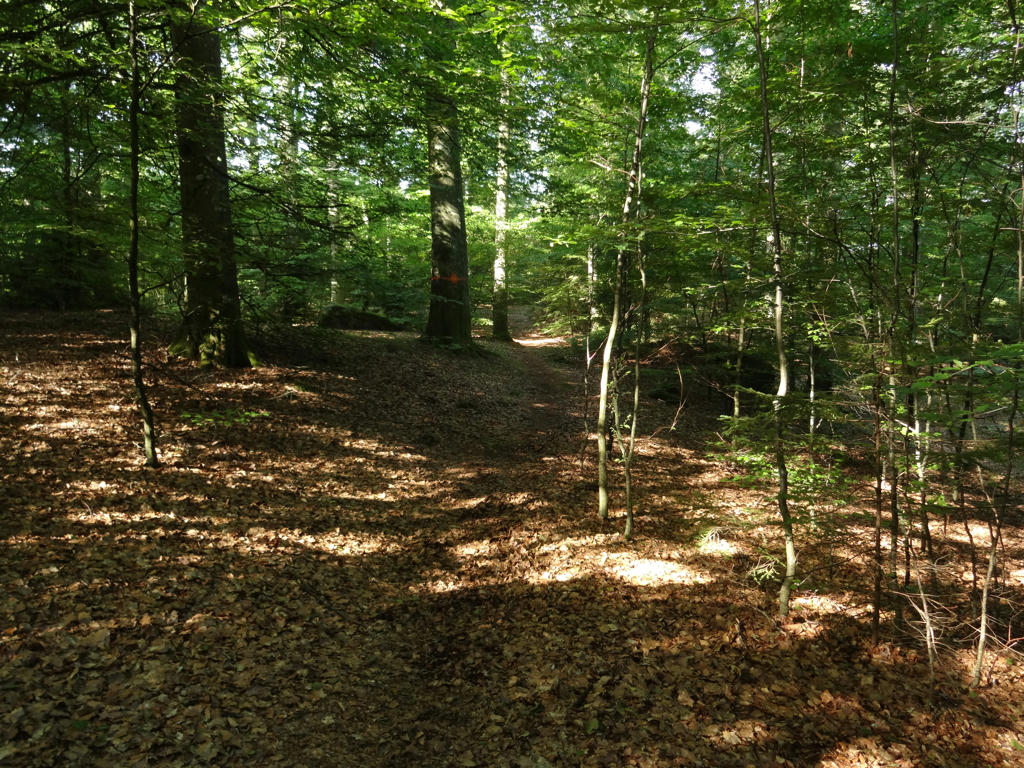
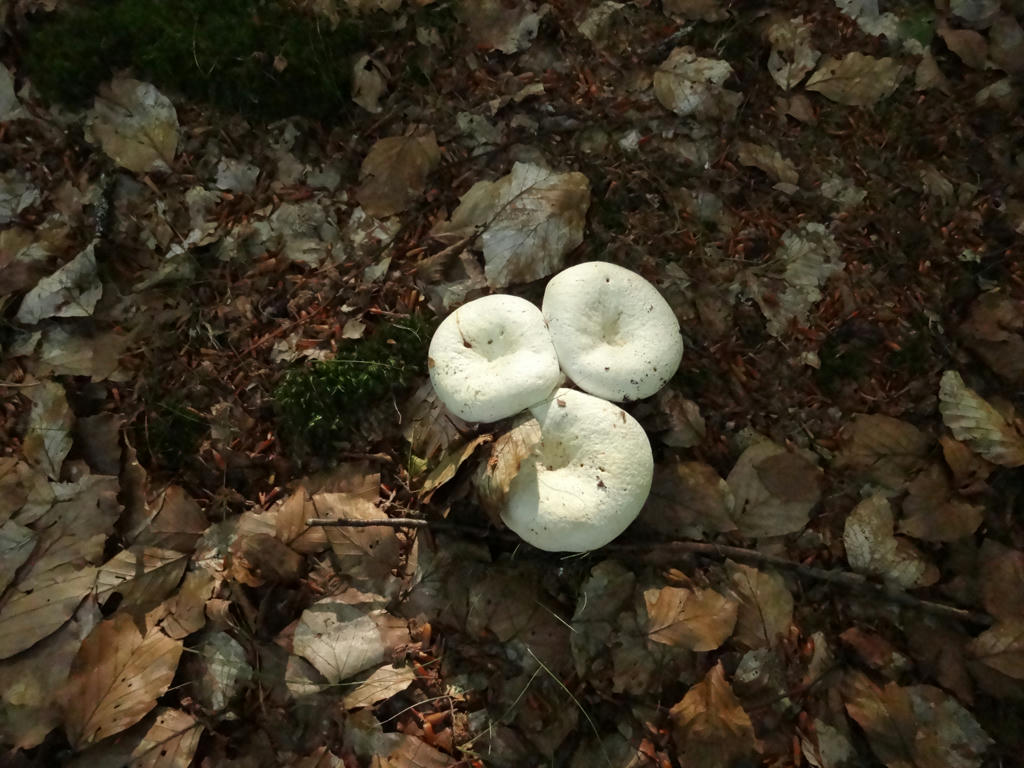
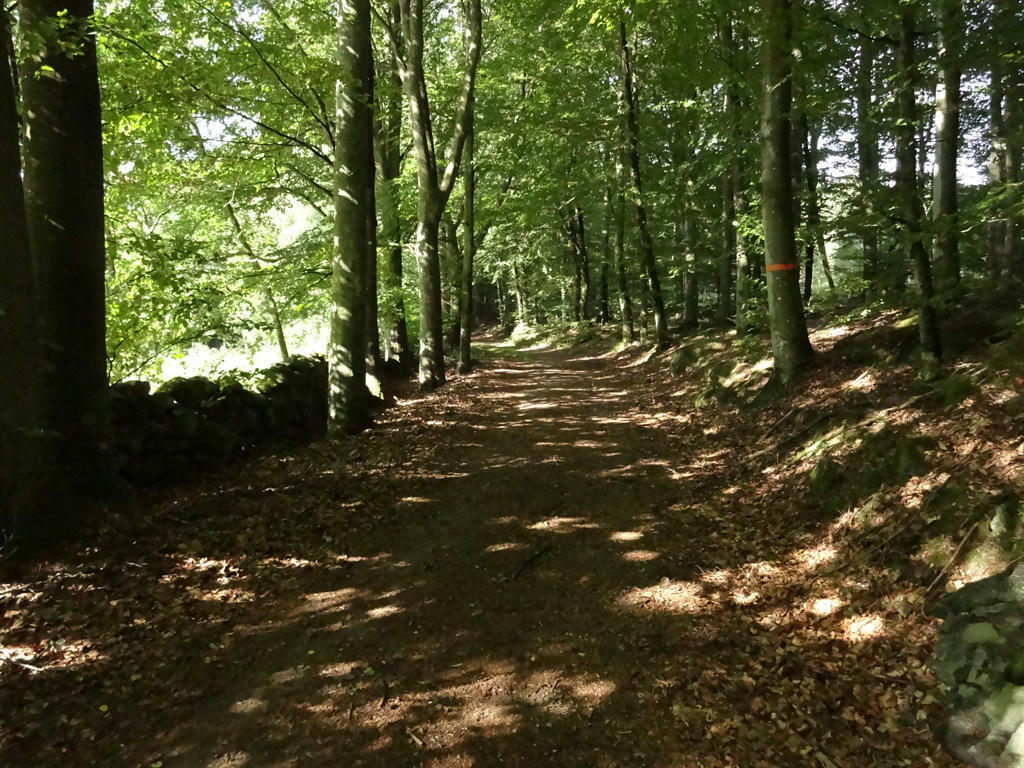
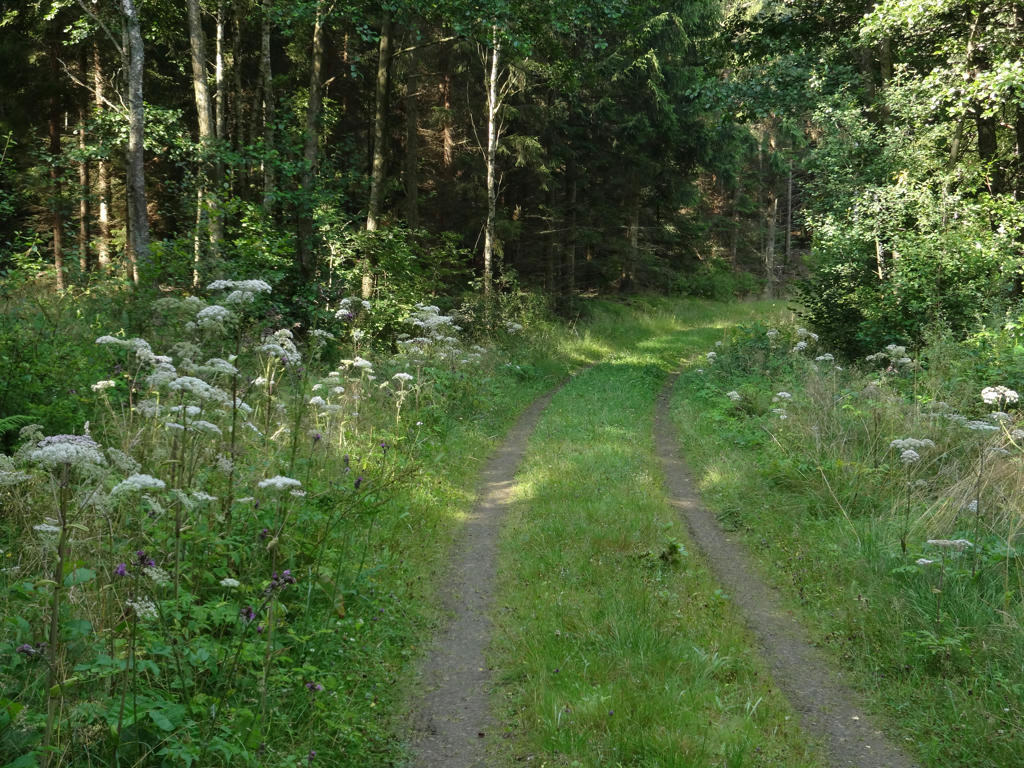
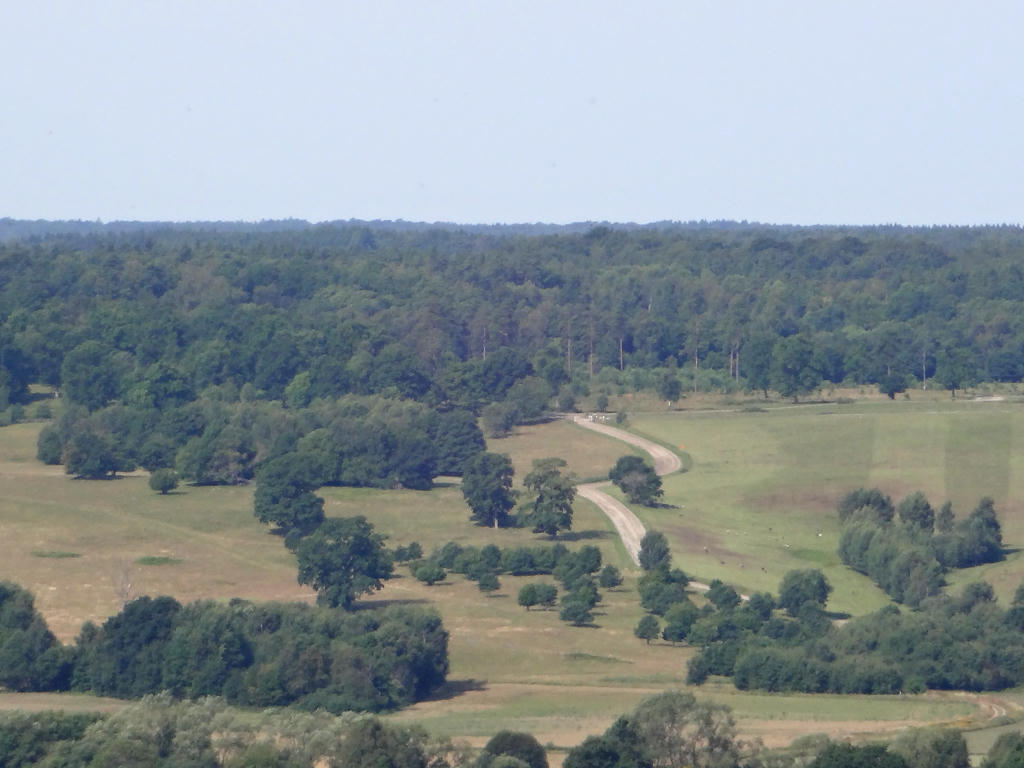
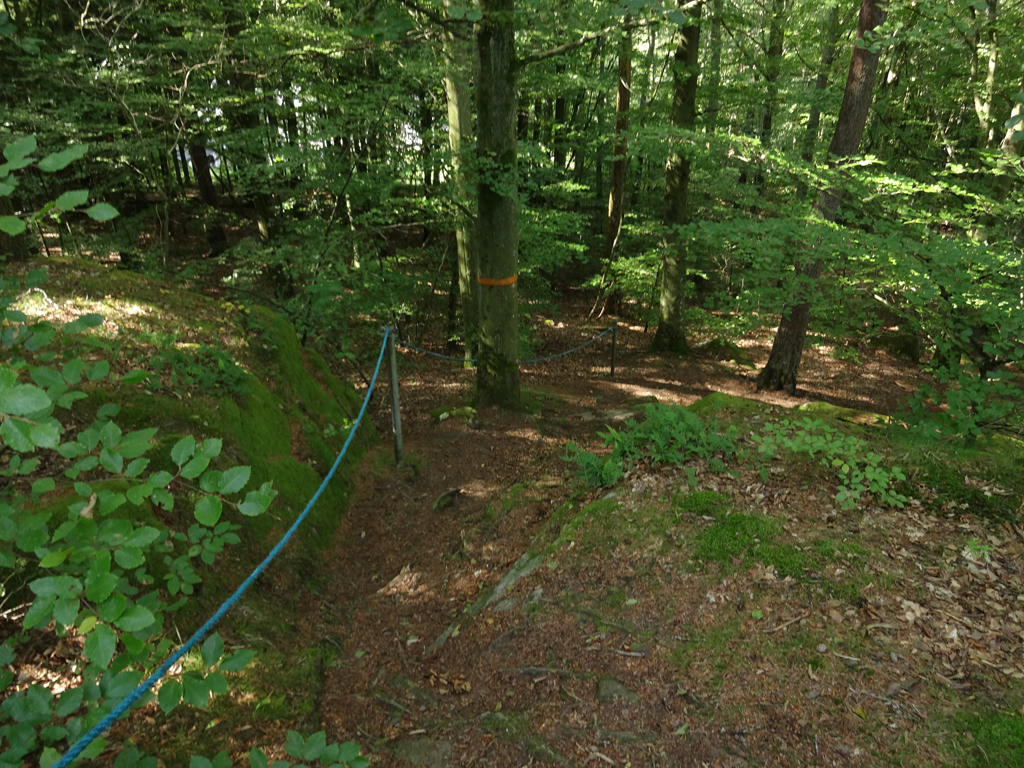
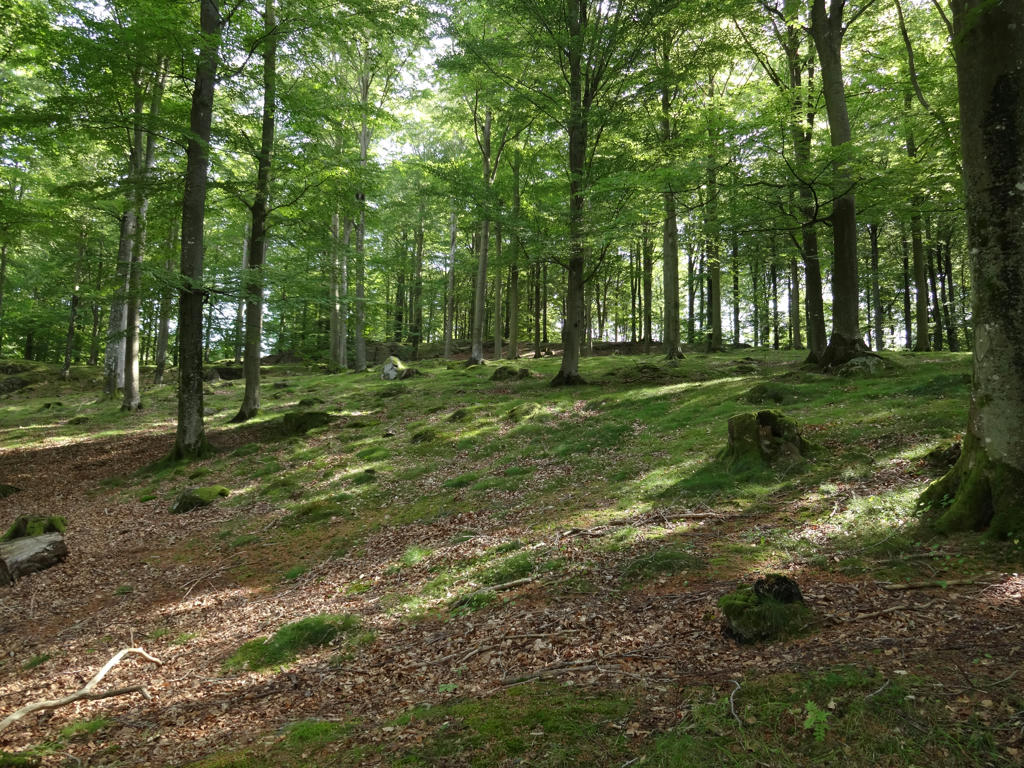
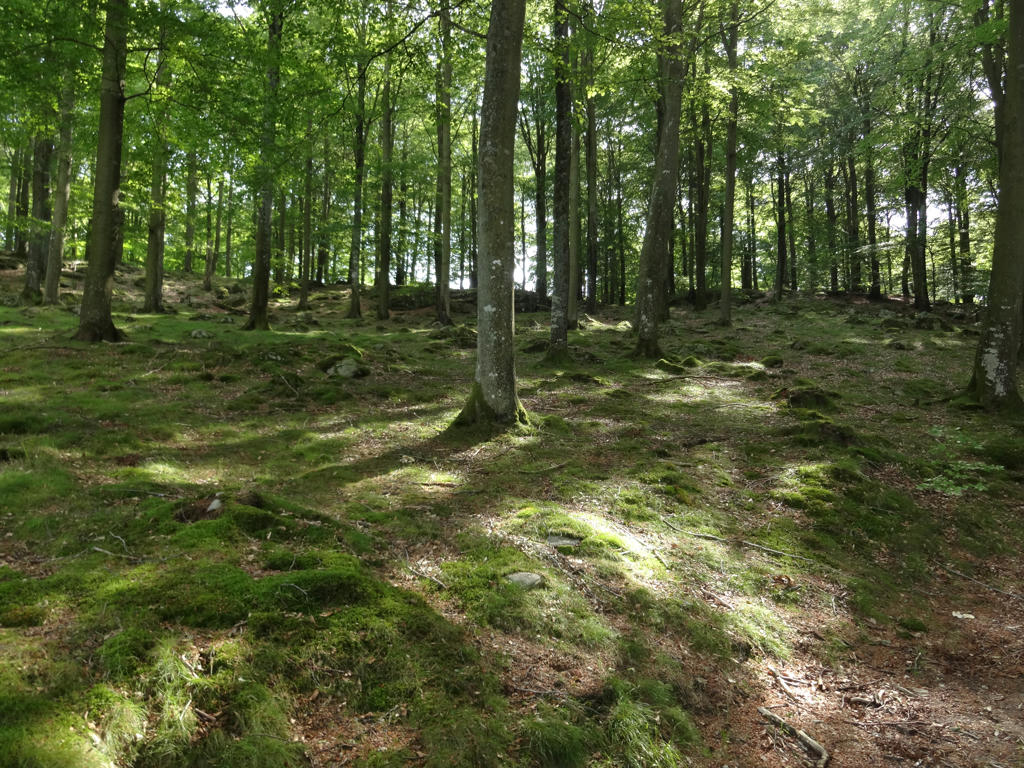
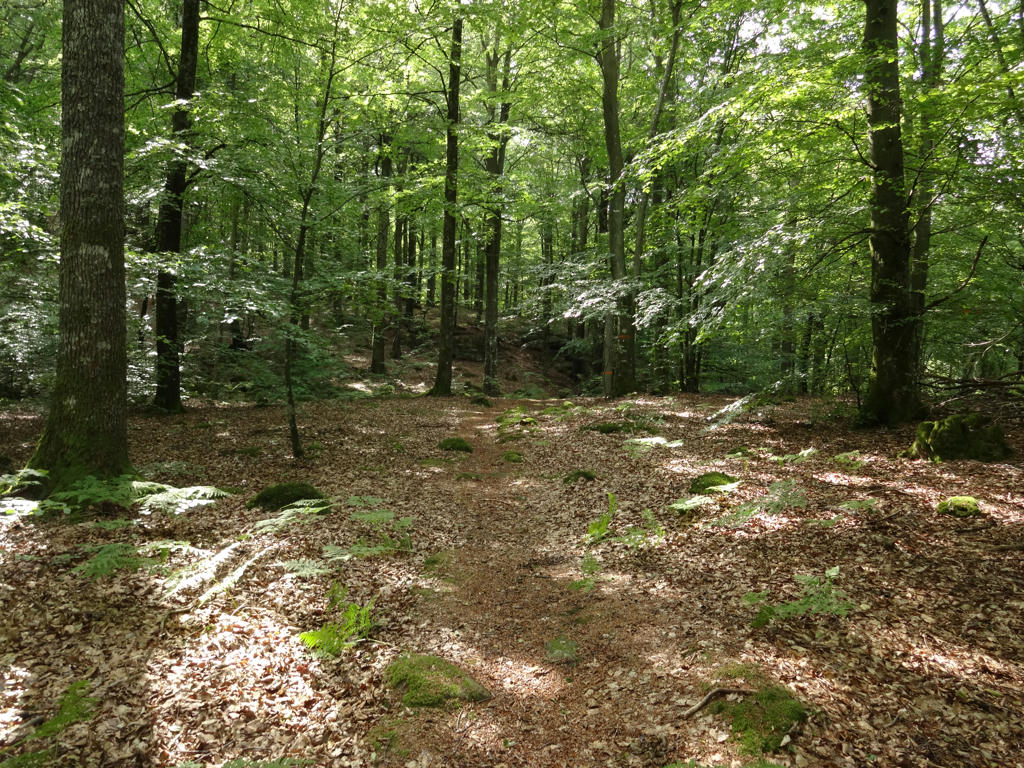
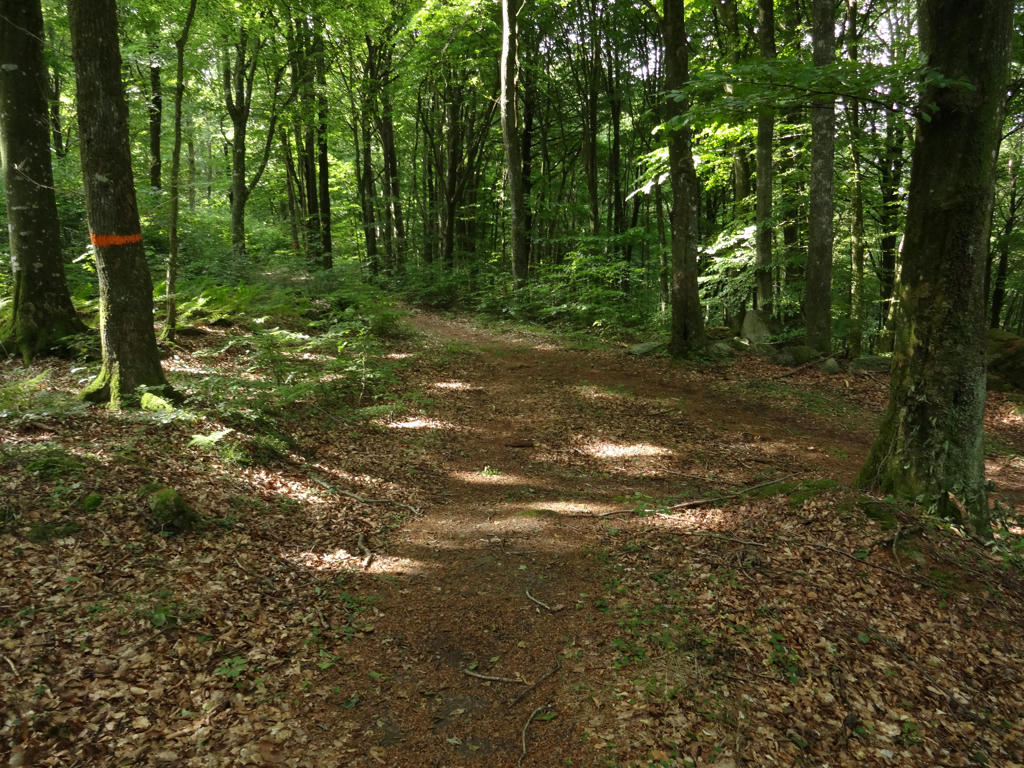
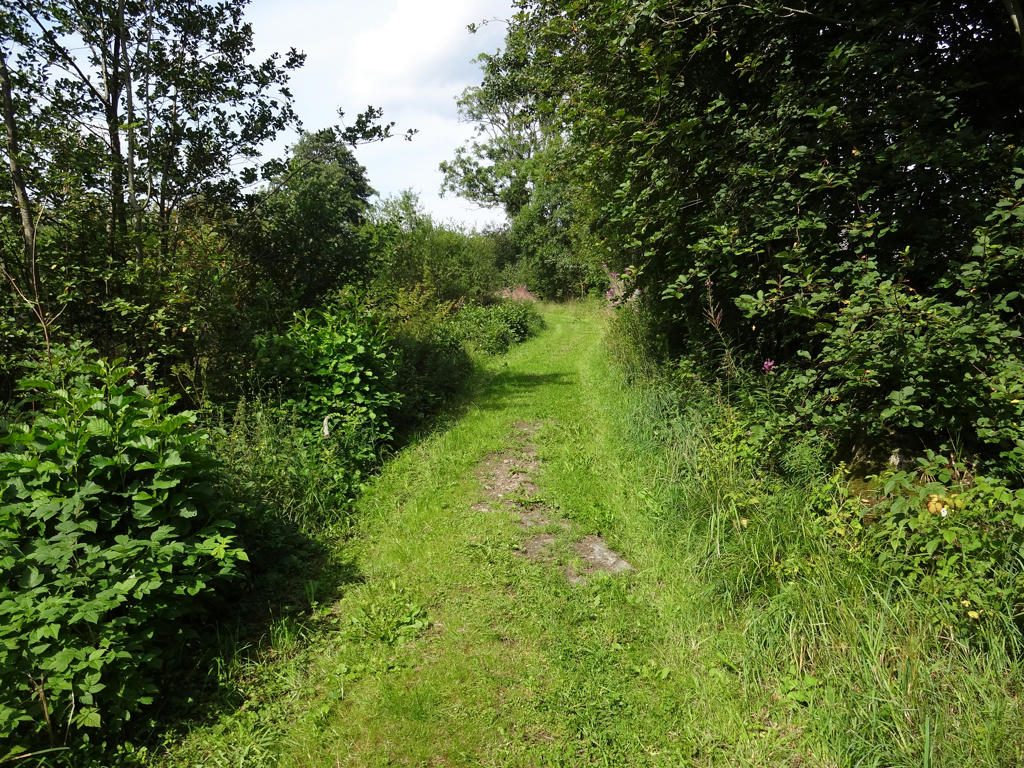
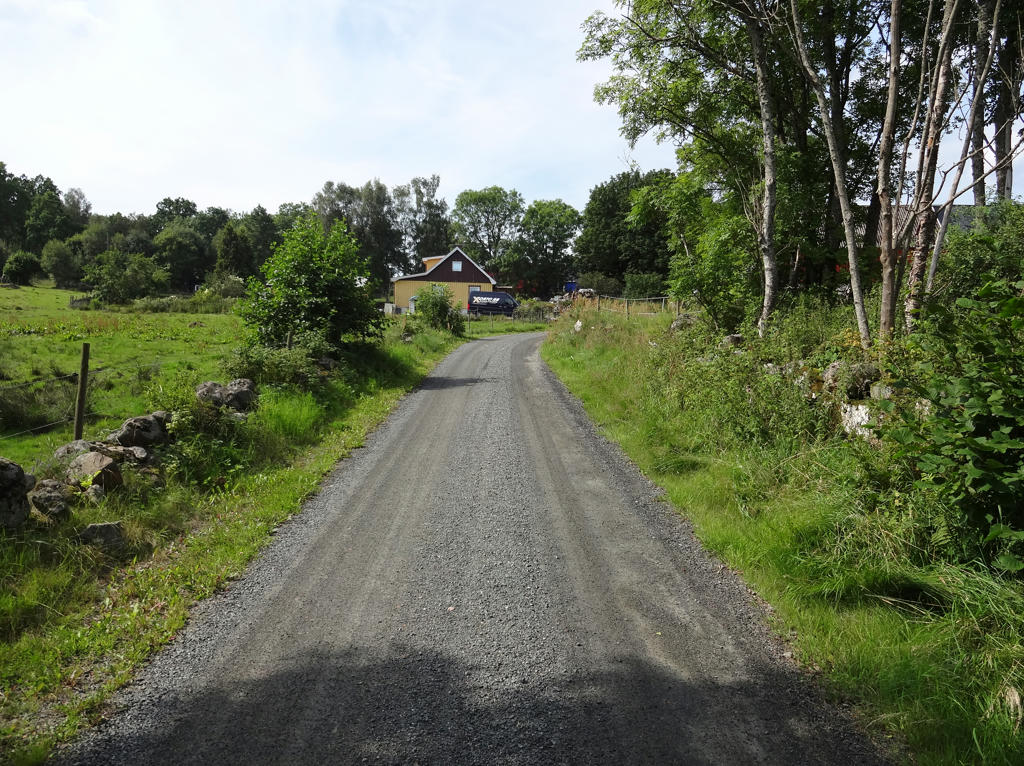

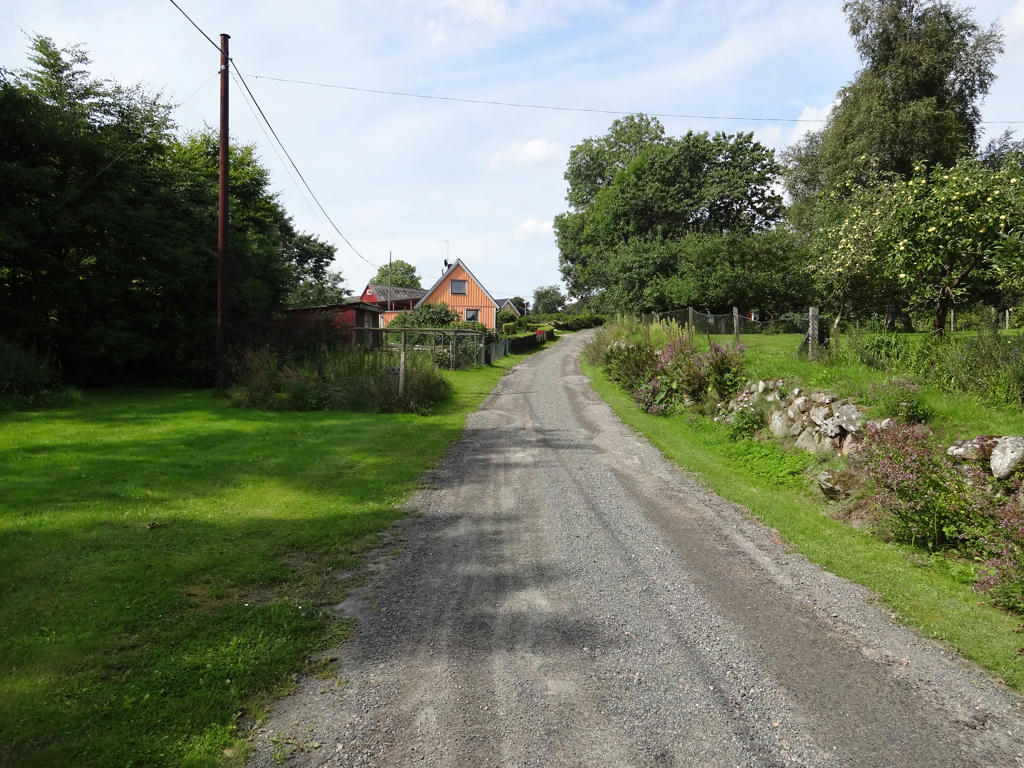
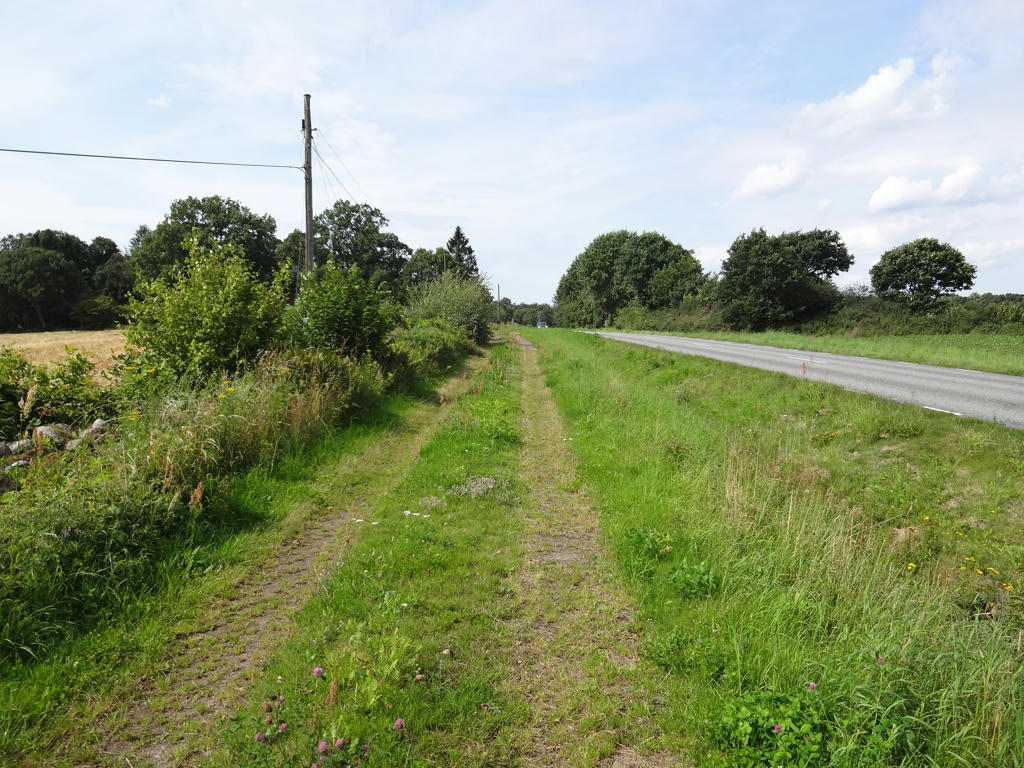
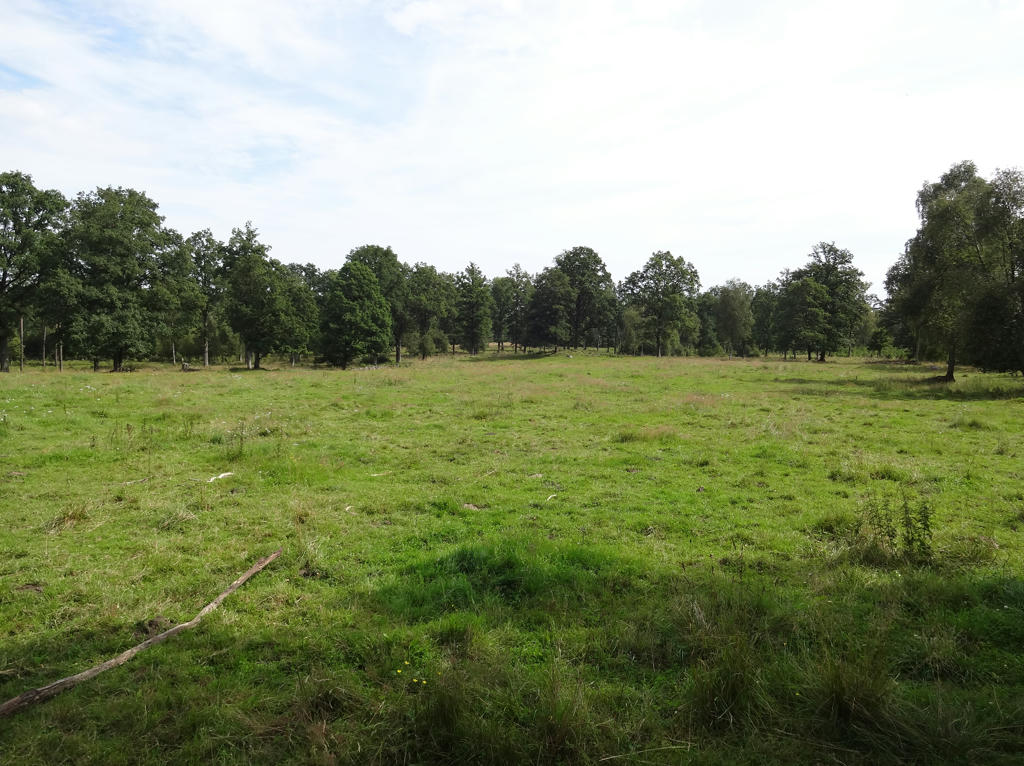
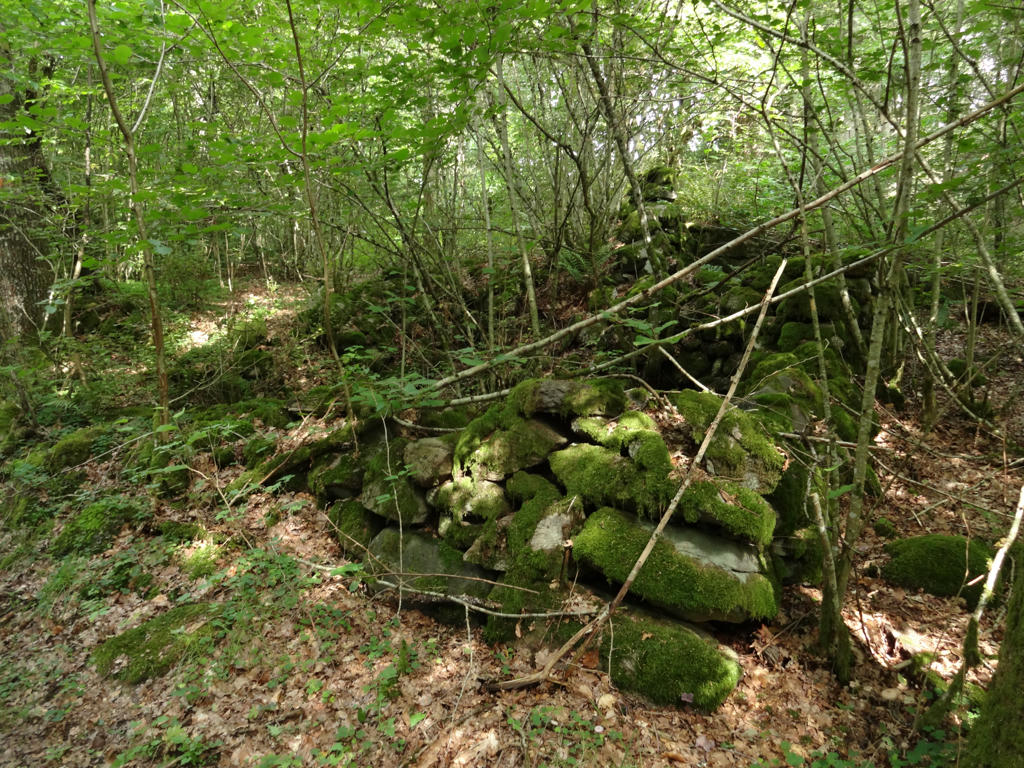
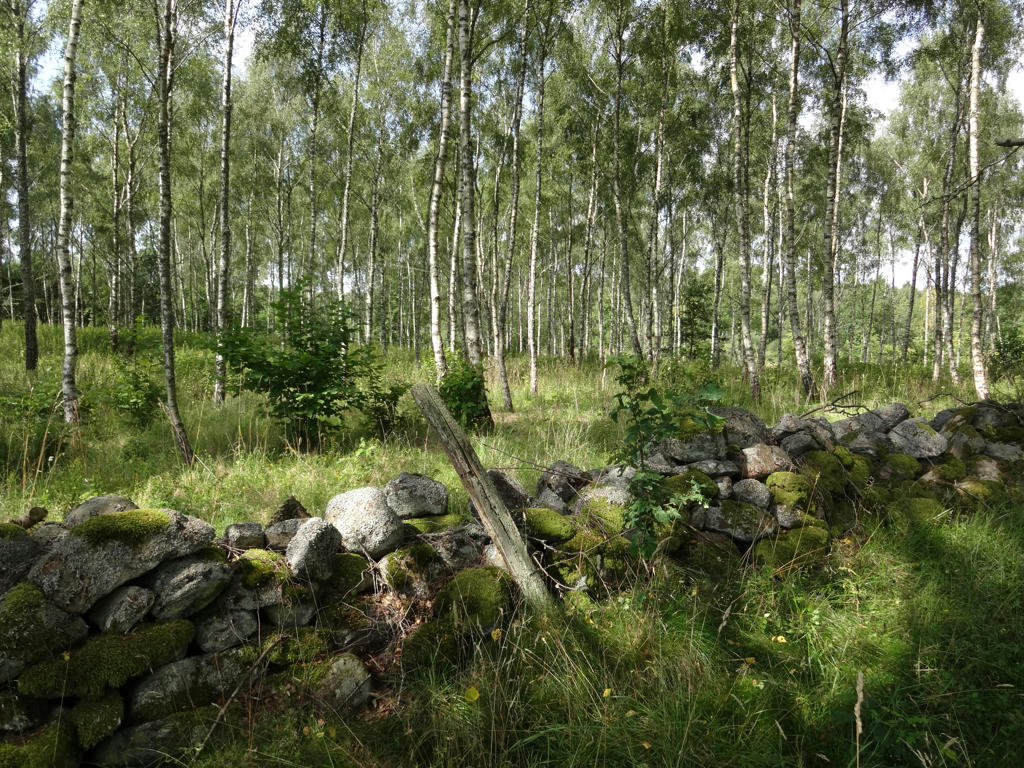
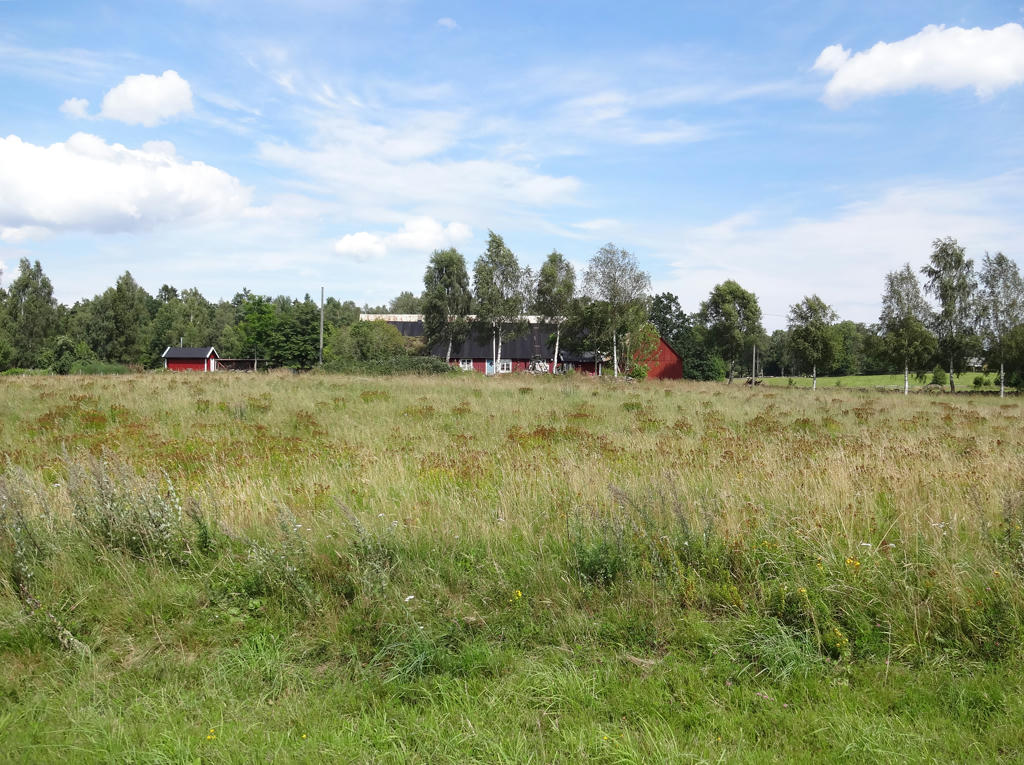
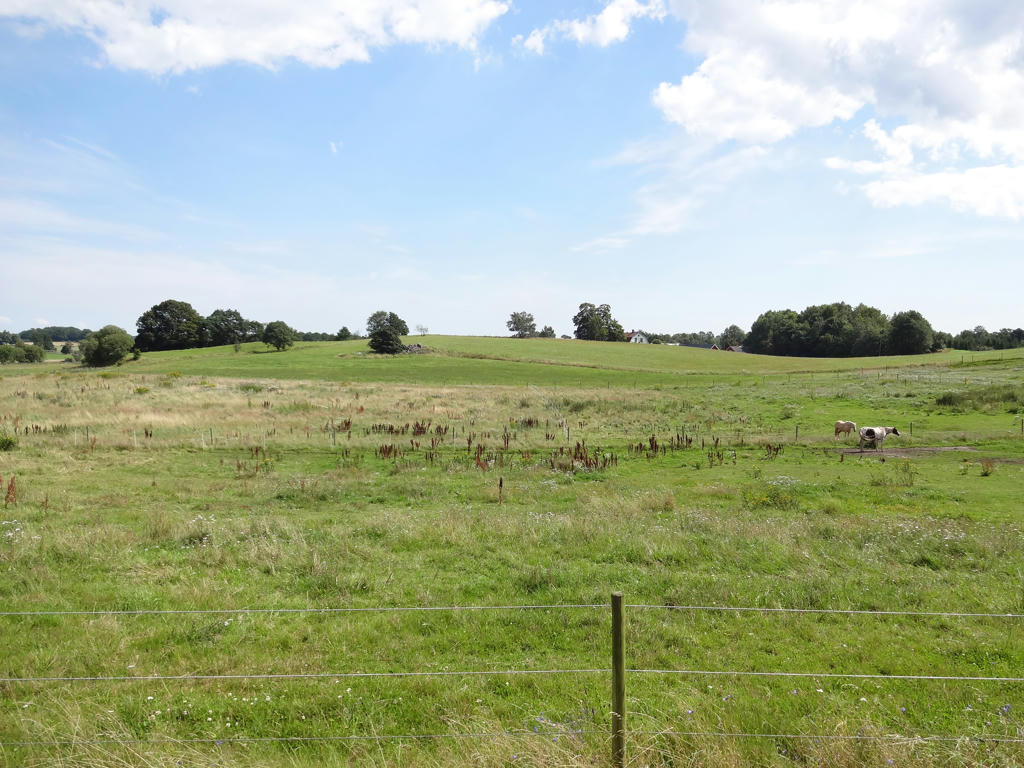
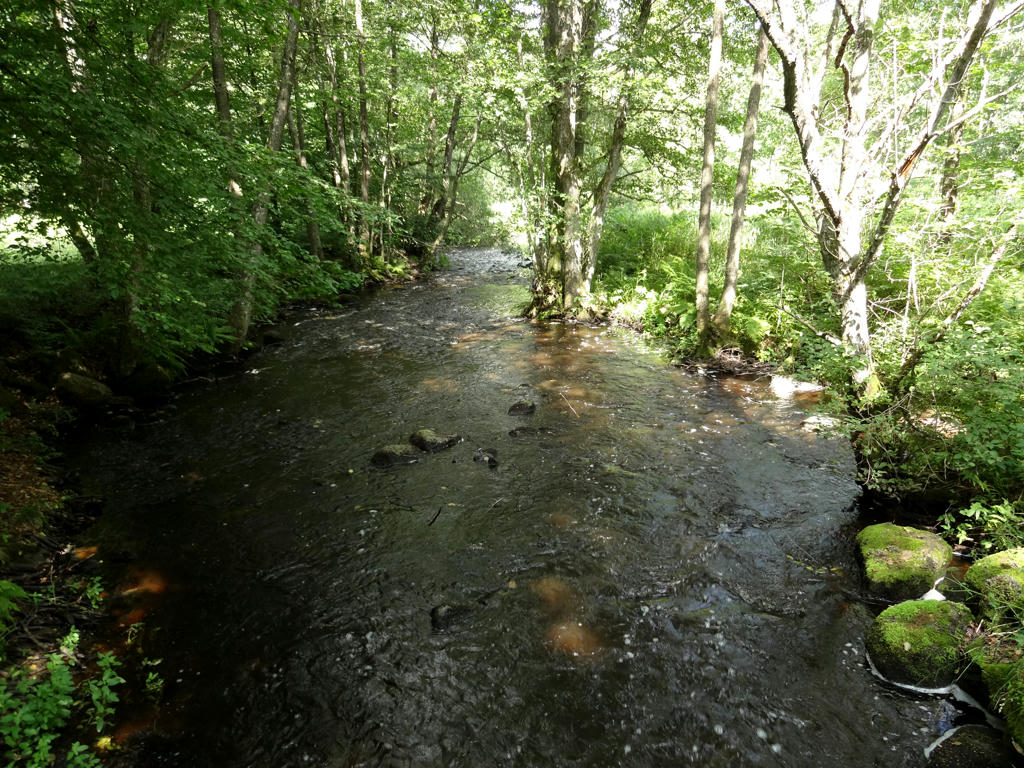

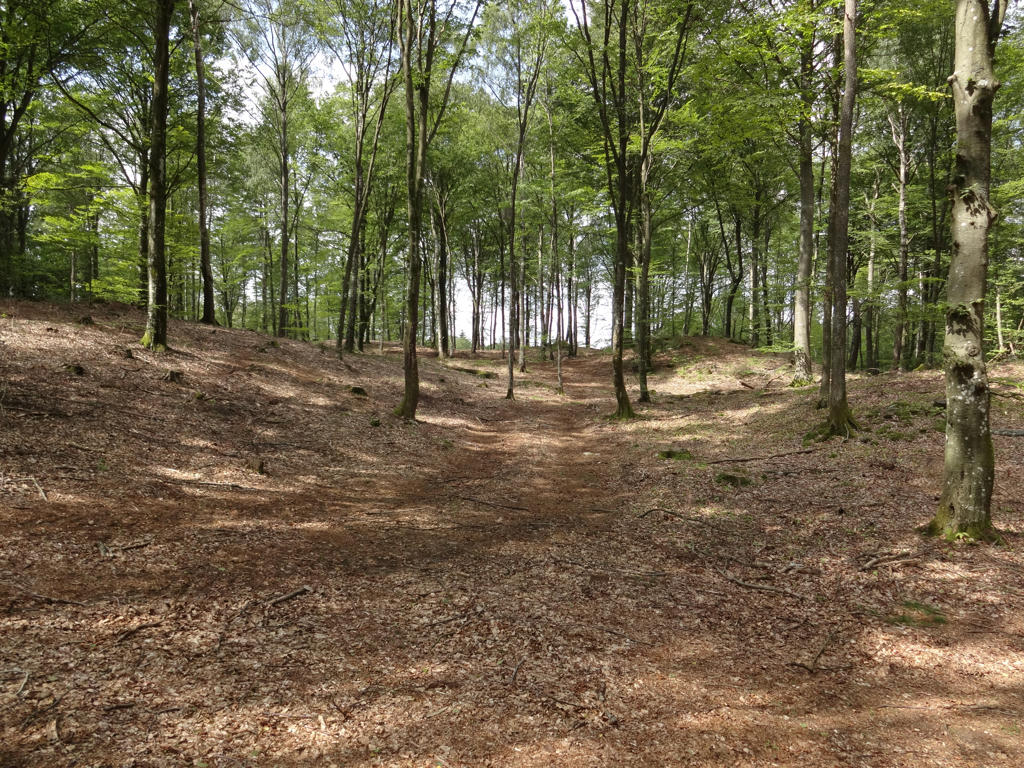
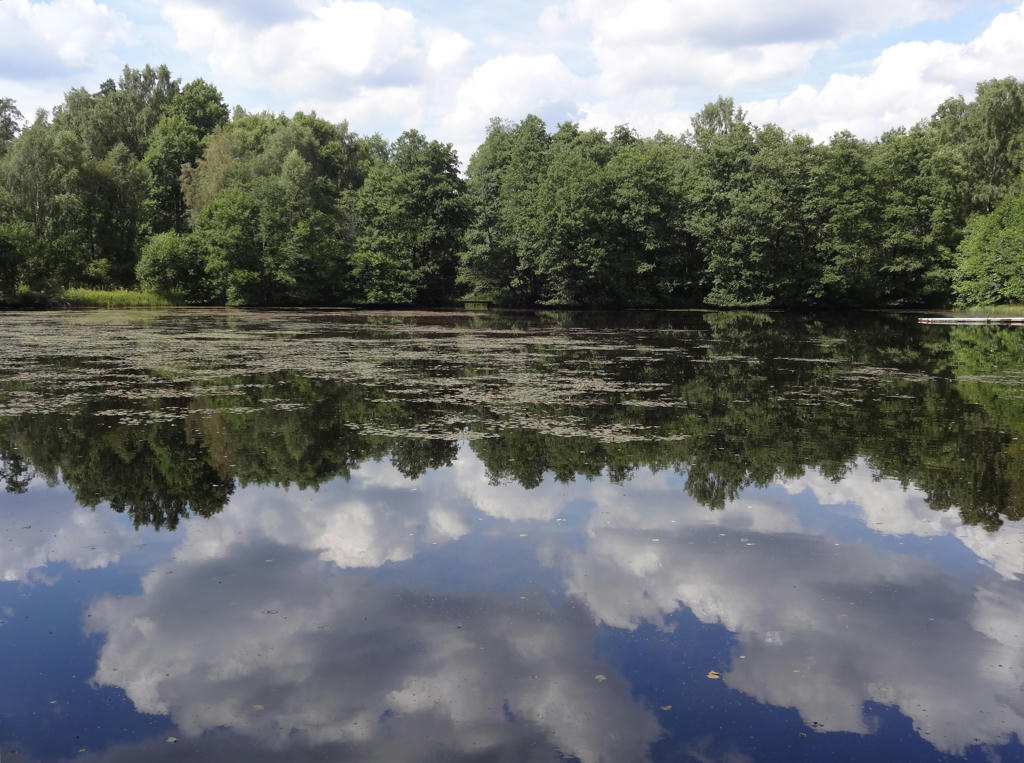
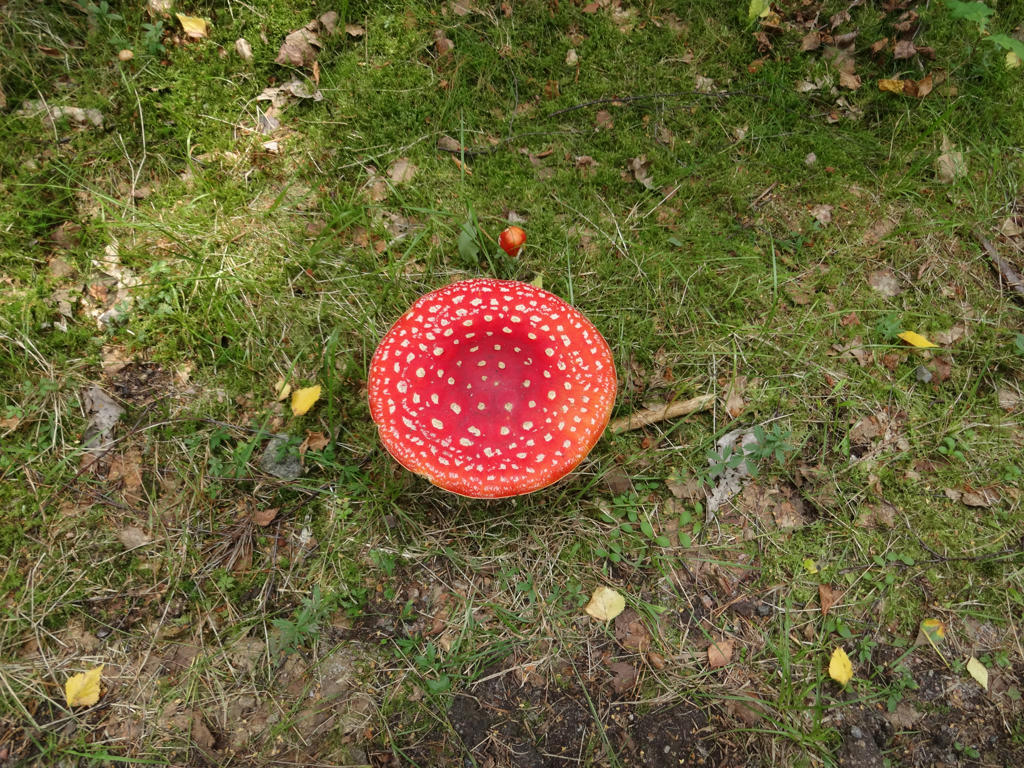
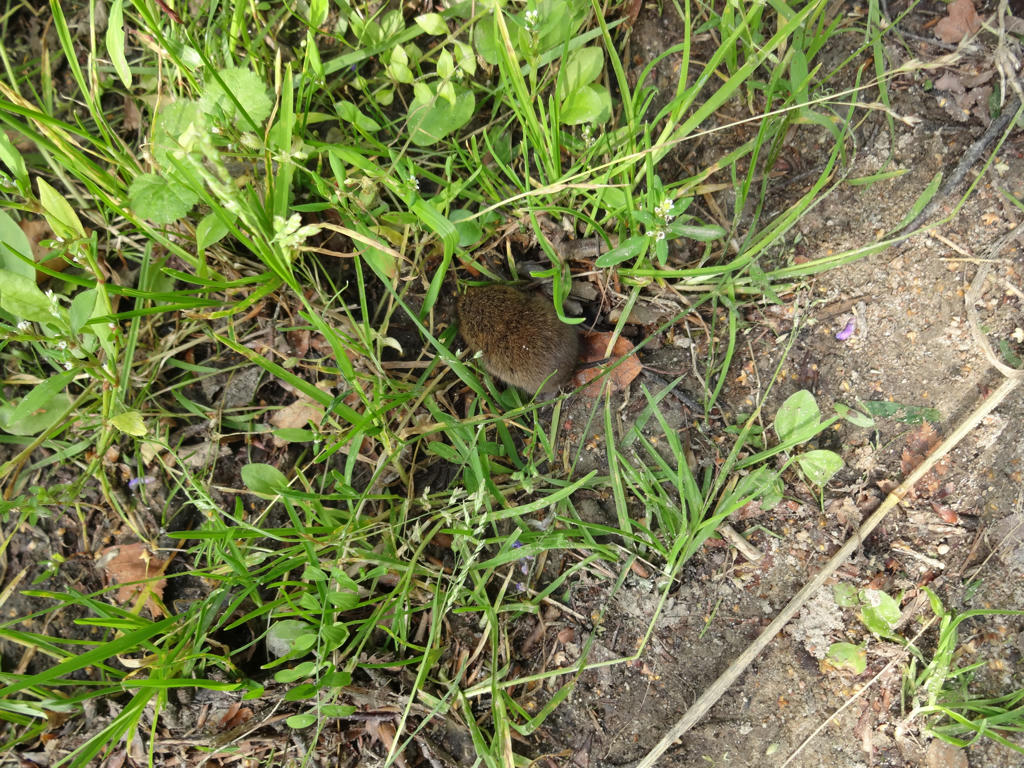
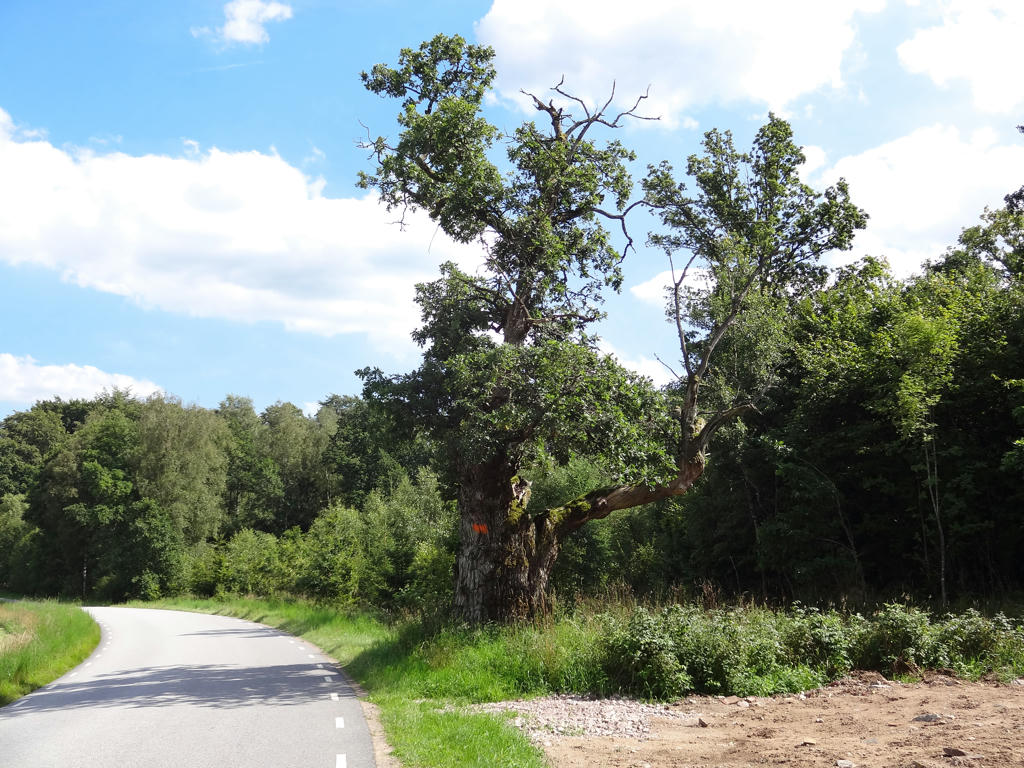
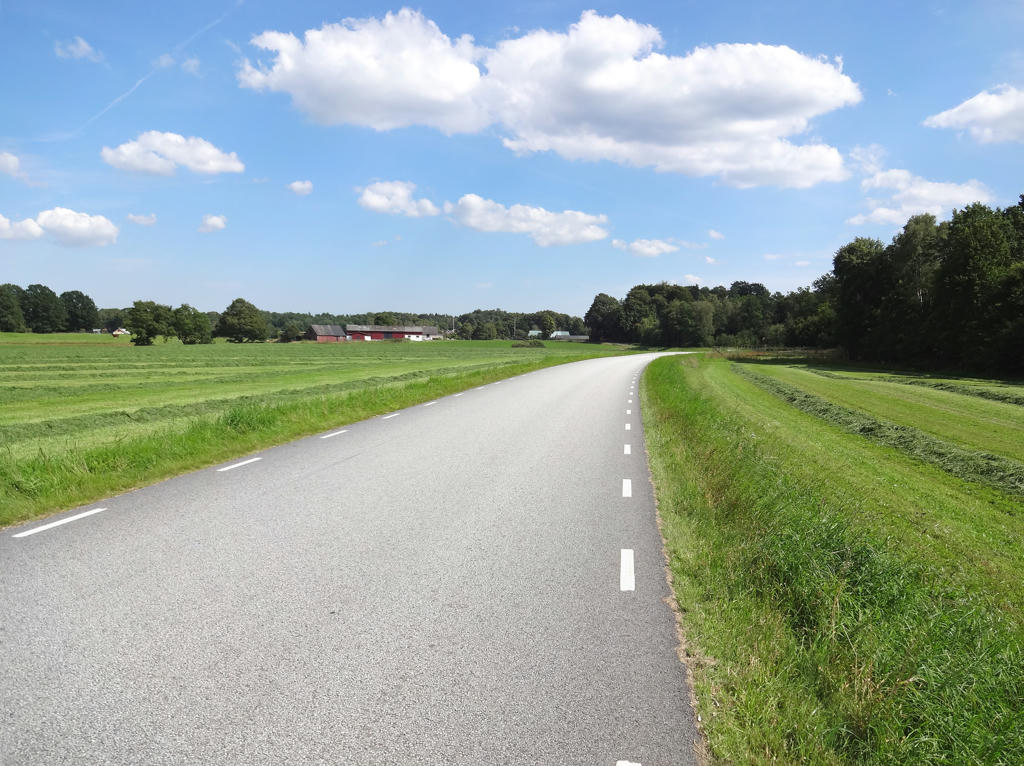
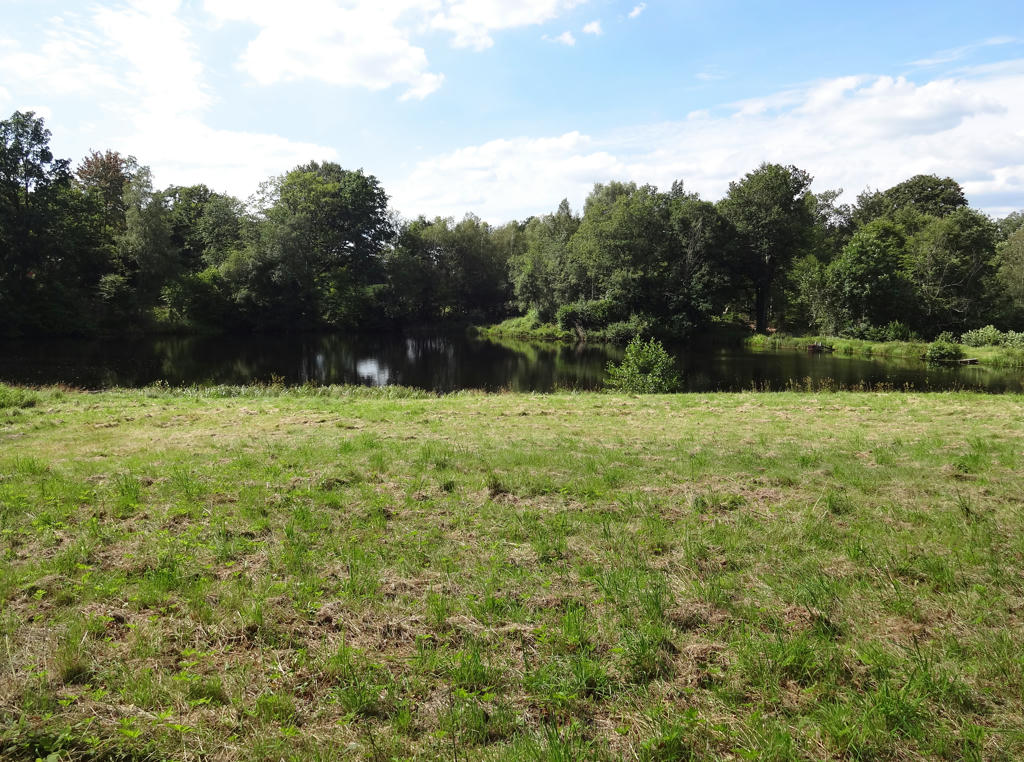
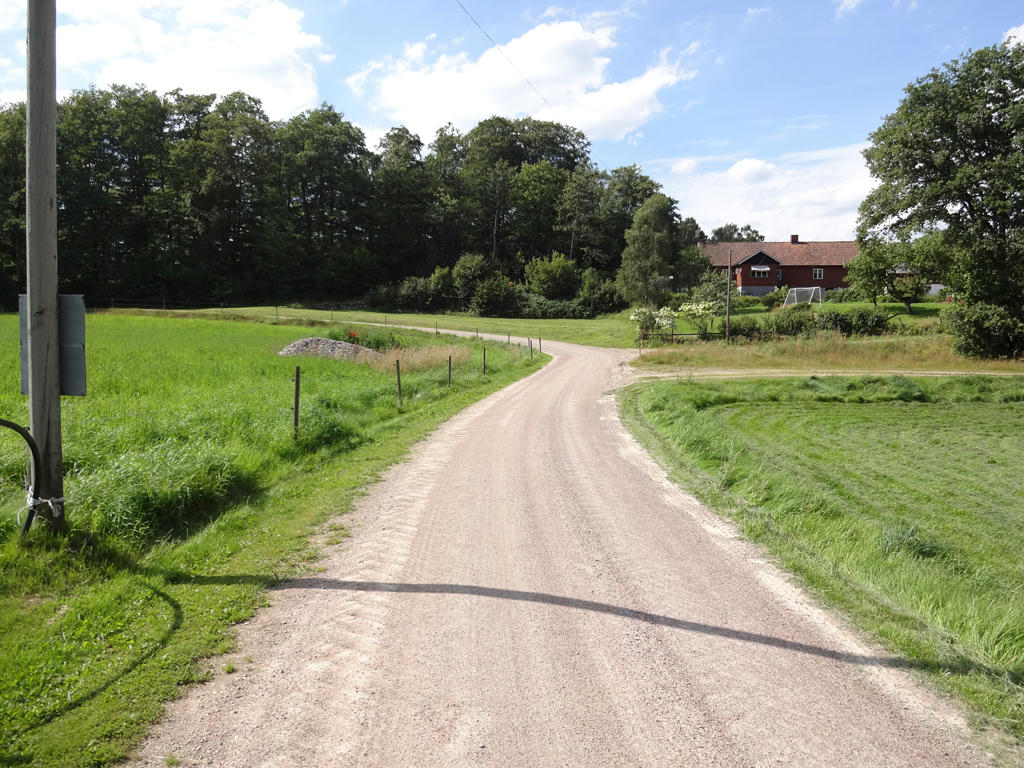
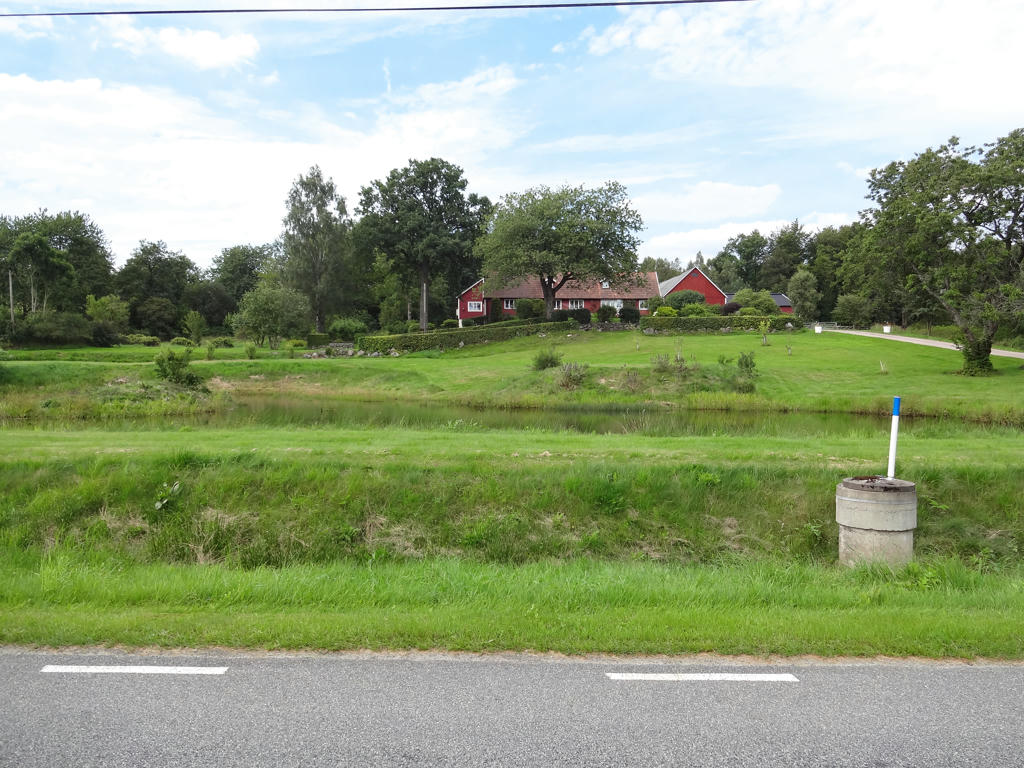
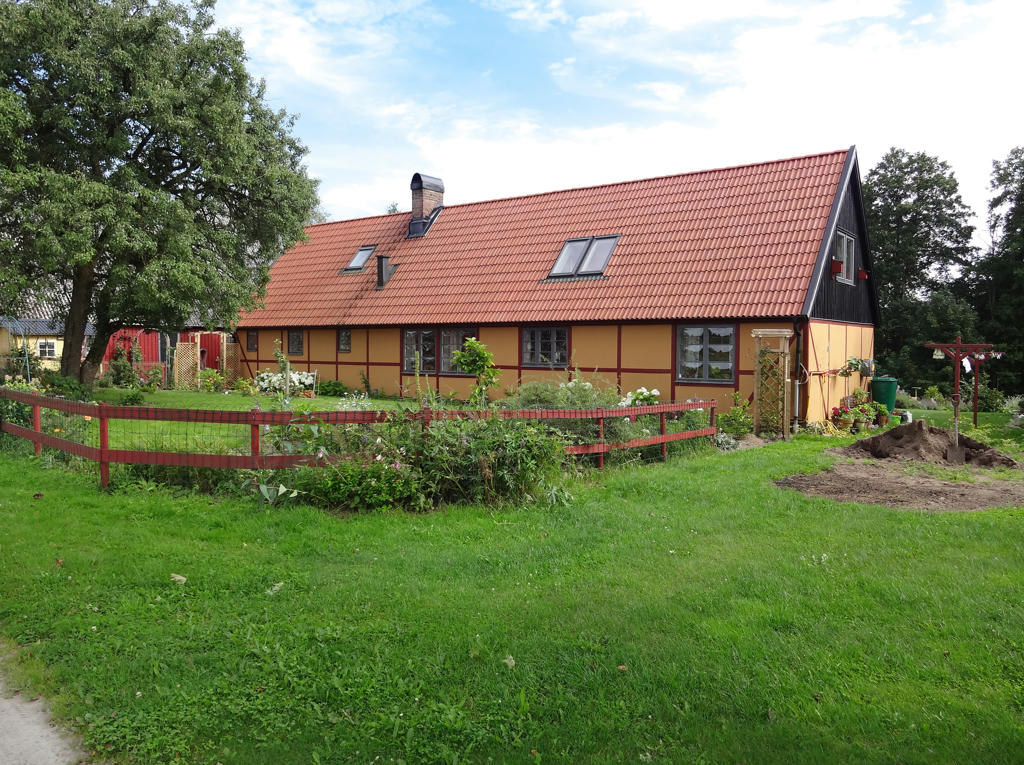
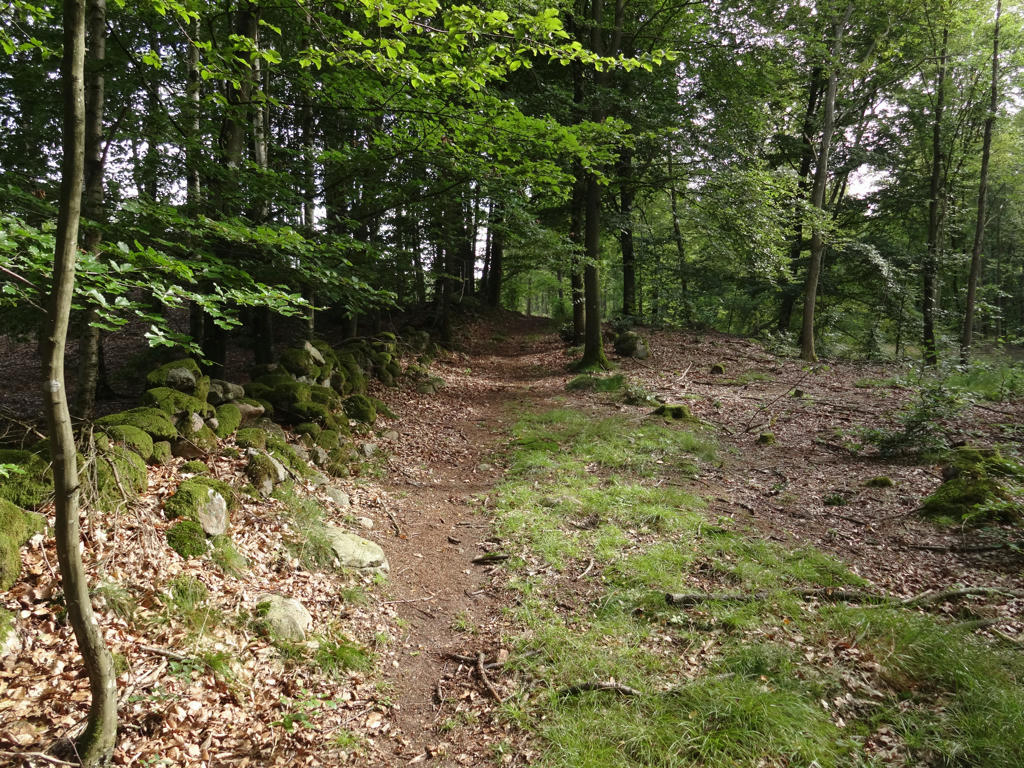
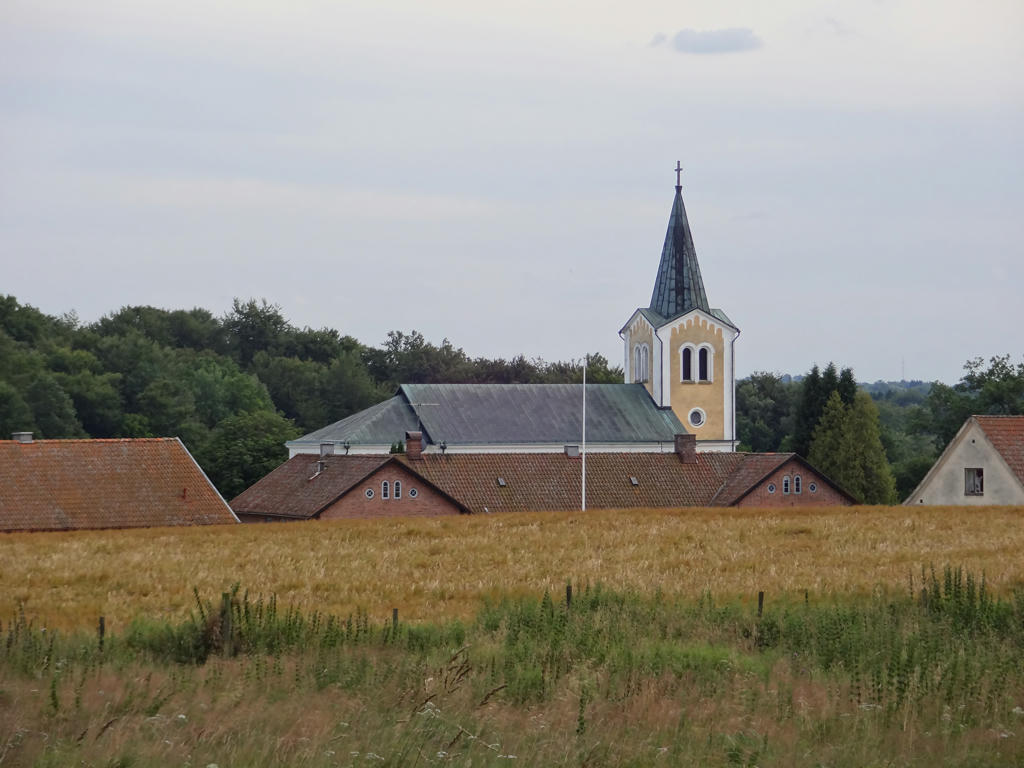
Inga kommentarer:
Skicka en kommentar